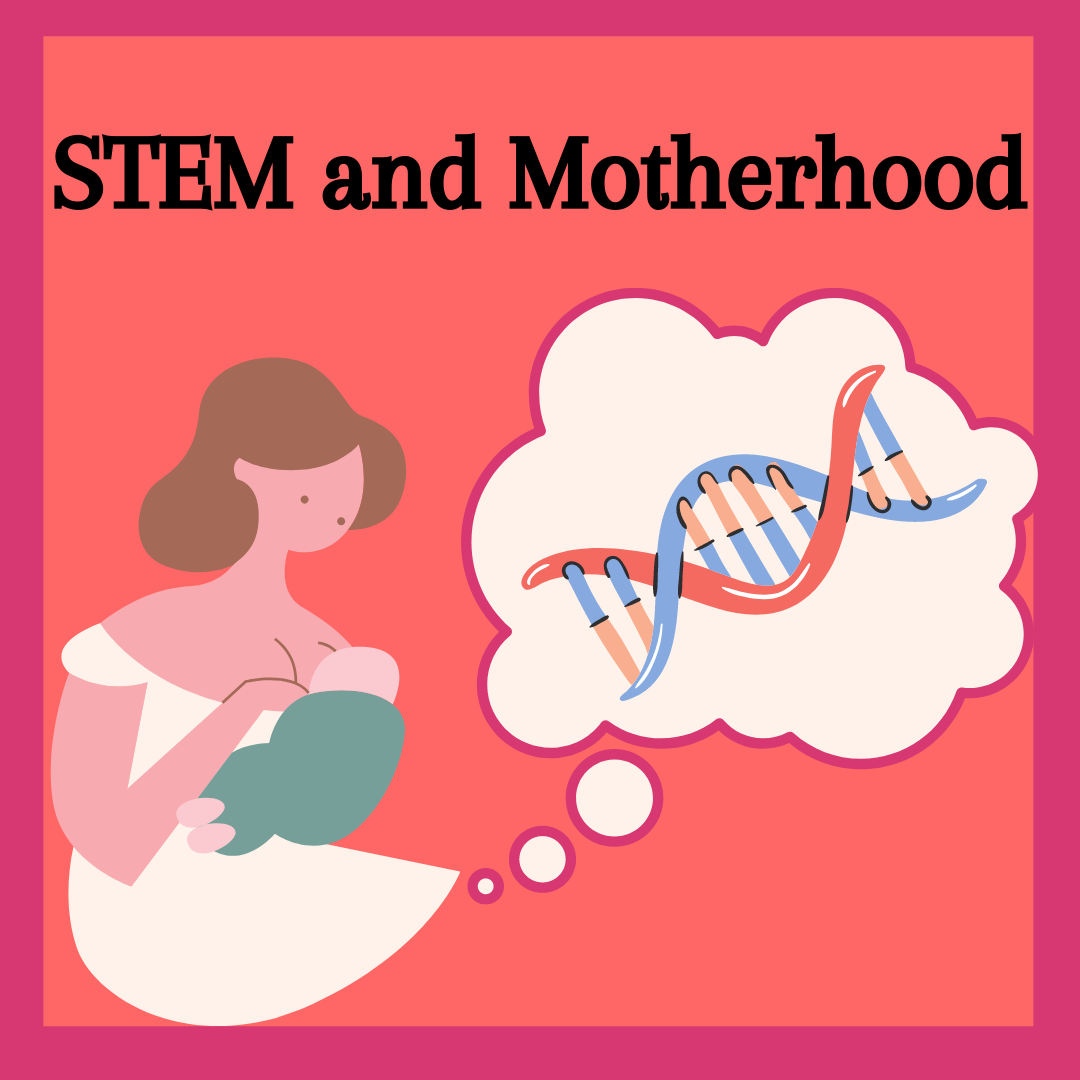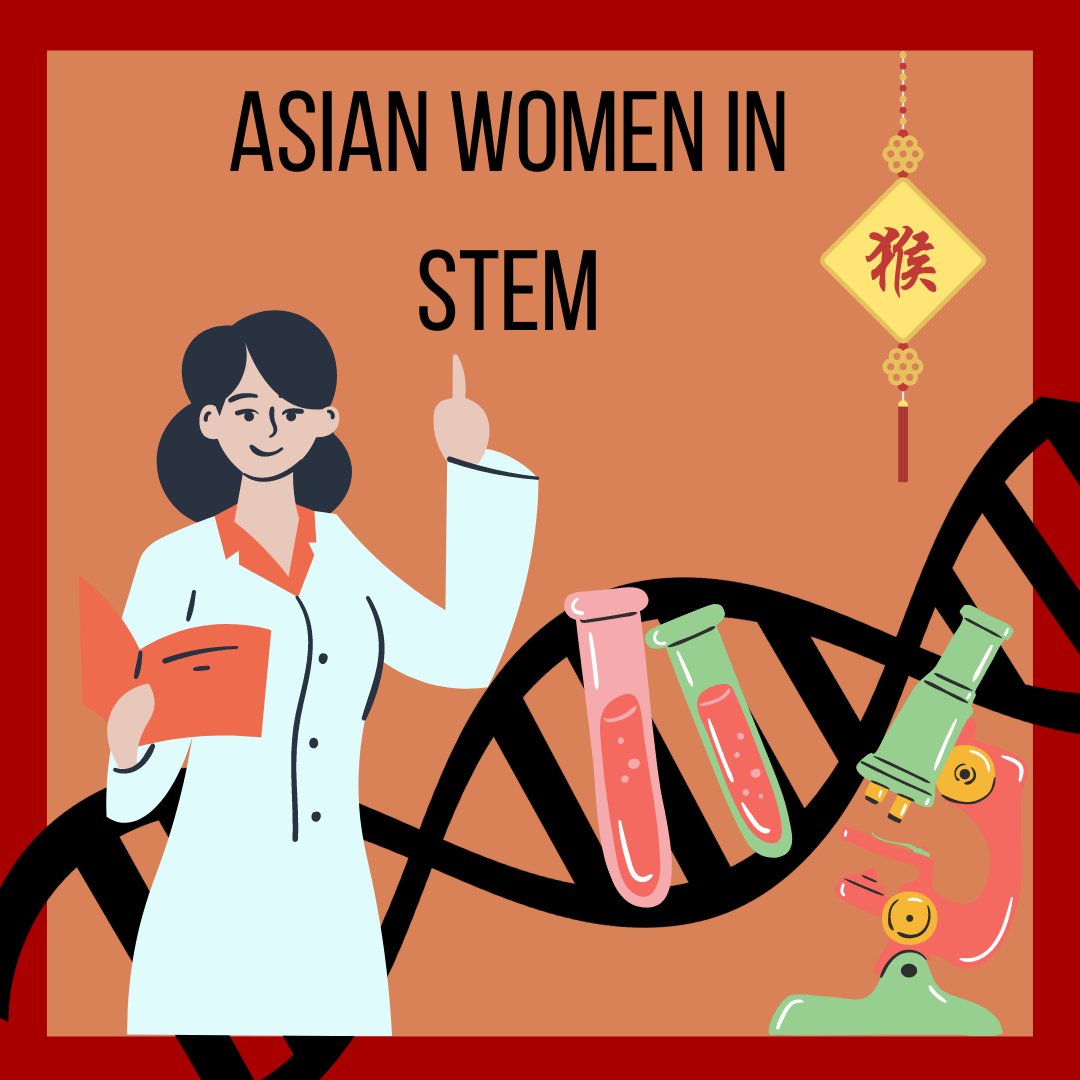When gazing upon the night sky, we are all be able to identify the twinkling lights as stars. We can even identify what makes up these stars. It is doubtful, however, that most would be able to identify Cecilia Payne-Gaposchkin, the woman who made all of this knowledge available.
Cecilia Payne-Gaposchkin always knew that it was her destiny to study physics and astronomy. Especially ever since she heard a lecture by Arthur Eddington, one of the world’s most renowned astrophysicists. After an education in Cambridge, she went on to the Harvard College Observatory on a graduate fellowship. Here, she dedicated her life to studying the stars.
Her Stellar Discovery
At Harvard, she made the exciting discovery that stars were made of mostly hydrogen and helium. She even disproved a previous assumption about a star’s spectrum. A spectrum is achieved when researchers use a device called a spectroscope. It identifies stars by finding its temperature and composition.

Before her discovery, scientists believed that the immense variety of star spectrums was due to the different kinds of elements that the star possessed. Ionization is when an atom gains or loses an electron to create a charged ion. When Payne started her own research, she incorporated knowledge from a famous study by M.N. Saha, an Indian astrophysicist, about ionization, and how temperature and pressure within a star can cause ionization to happen. This led to her experimenting with star spectrums. She discovered that instead of element content, ionization was the reason behind spectrum diversity.
With all of this within a two-year graduate thesis, she should have won many awards and had her name engraved in history. But her accomplishments are not up there with the greats such as Einstein. As she was a woman in the early 20th century, unfortunately this is not at all surprising.
Harvard Hardships
From the very beginning, Payne endured great struggles because of her gender. The rest of the scientific community mocked her efforts. In order to receive higher education, she had to rely on befriending and appealing herself to professors. She eventually had to leave Cambridge, realizing that England had less opportunities for women than she wanted.
When she finally arrived at Harvard, she continued to endure unfair circumstances. Her incredible thesis was met with much opposition from the science community, since she went against all previously accepted work. It was especially criticized by her Harvard supervisors, Shapley and Henry Norris Russell. They even forced her to remove it from her final draft, although they allowed her to publish it in a book later, named Stellar Atmospheres. Later, Russell published a similar theory in 1929. Everyone accredited him for the discovery since he was already a well-known male astronomer, and the male dominant field was more accepting of his work compared to a woman’s.

Even after the frustrating response towards her years of hard work, the mistreatment towards her continued. Throughout her studies in Harvard, she could only be recognized as the assistant to her sponsor, Professor Shapely, and could never enter the elite National Academy of Sciences, even though other men in her field were able to. After almost thirty years, she finally was able to become the first female professor in Harvard and even had a chair in the Astronomy Department, the first woman in Harvard to ever do so. Twenty years after that, she was awarded the Henry Norris Russell Prize (ironically enough), finally being recognized for her initial study and her continuous effort in studying the stars.
The Final Years
Payne then decided to continue writing about astrophysics, and traveling to Europe and interacting with astronomers like Boris Gerasimovich, a former scientist at Harvard College Observatory and Sergey Gaposchkin, a Russian physicist looking for a place to work because he could not return to what was, at the time, the Soviet Union. Gaposchkin eventually received a position at Harvard with the help of Payne and they eventually got married, leading them on a study of variable stars. She then finished her autobiography, The Dyer’s Hand, alongside other books, such as Stars of High Luminosity and Variable Stars and Galactic Structure before she passed away in 1979.
“The reward of the young scientist is the emotional thrill of being the first person in the history of the world to see something or to understand something.”
– Cecilia Payne-Gaposchkin (link)
To Become a Star
If you feel any kind of anger and frustration after reading all of this, then you are definitely not alone. For someone as brilliant as Payne to be lost in time like this is astoundingly upsetting. It makes you think about all of the other female scientists out there that were never recognized for their studies. Let this be a lesson to keep learning from past fights women in science before us fought to create a path for us, and to never give up even when the world seems to be against you. Through her newfound recognition in recent times, Cecilia is able to shine like the stars she fell in love with, and if you are a woman passionate in STEM, you will definitely be able to burn as bright as she did if you remember her perseverance.
“Women in Science, we exist.” 🙂
If you like this post you may like some of our other work!
- March 2022
- August 2021
- July 2021
- June 2021
- May 2021
- April 2021
- March 2021
- February 2021
- January 2021
- December 2020
- November 2020
- October 2020
- September 2020
- August 2020
- July 2020
- June 2020
- May 2020
Subscribe to help us keep you updated with new posts!




Leave a Reply